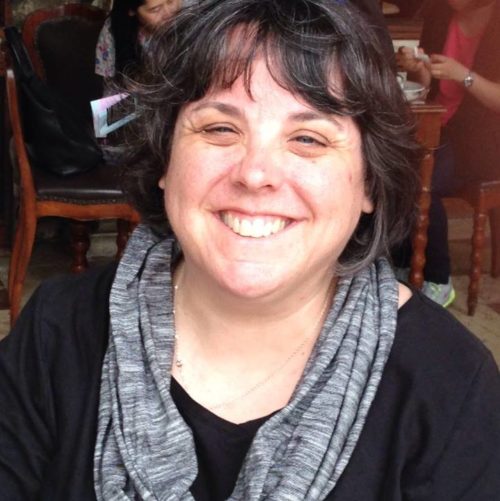Consider today’s blog a bit of a continuation of Steve Mathonnet-VanderWell’s from yesterday on Christ’s “descent to the dead.”
Frederick Buechner has argued “that we really can’t hear what the stories of the Bible are saying until we hear them as stories about ourselves”—and I think the same thing has to be true about doctrine. For me, probably no writer has helped me imaginatively engage theological issues better than Dante in the Divine Comedy. (And I’m not alone: this past Saturday’s Wall Street Journal has a piece entitled “The Ultimate Self-Help Book: Dante’s Divine Comedy.”)
Set as it is on Good Friday through Easter, the medieval Divine Comedy very consciously uses that timeline (referring specifically to events “one thousand and two hundred sixty-six years ago”) as a marker of the salvific work that the character Dante has lost sight of—and which necessitates the long trip through hell and purgatory to paradise itself.
Most readers will perhaps best remember the journey that Dante and his guide, the poet Virgil, take through hell in “Inferno” and the vivid stories of the sinners they meet there. Dante’s imaginative renderings of those sinners’ punishments, each fitted to the defining sin, remain some of the most powerfully rendered scenes in all of literature.
But what has always struck me is the richly imagined landscape. It’s not as if Dante and Virgil meet sinners while walking around a fiery lake or something—no, instead, Dante creates a physical world that shows the full effects of the fall.
And it’s in contemplating this landscape that I find a profound spiritual truth.
In Canto XII, Dante and Virgil climb in treacherous mountain terrain:
The place that we had reached for our descent
along the bank was alpine; what reclined
upon that bank would, too, repel all eyes.
Just like the toppled mass of rock that struck—
because of earthquake or eroded props—
the Adige on its flank, this side of Trent,
where from the mountain top from which it thrust
down to the plain, the rock is shattered so
that it permits a path for those above:
such was the passage down to that ravine….
As they descend (and get by the Minotaur), Dante wonders about the landscape through which they are passing, causing Virgil to explain:
And so we made our way across that heap
of stones, which often moved beneath my feet
because my weight was somewhat strange for them.
While climbing down, I thought. He said: “You wonder,
perhaps, about that fallen mass, watched over
by the inhuman rage I have just quenched.
Now I would have you know: the other time
that I descended into lower Hell,
this mass of boulders had not yet collapsed;
but if I reason rightly, it was just
before the coming of the One who took
from Dis the highest circle’s splendid spoils
that, on all sides, the steep and filthy valley
had trembled so, I thought the universe
felt love….
and at that moment, here as well as elsewhere,
these ancient boulders toppled, in this way.
In other words, the last time Virgil had come through that way, the path had been clear. What caused the avalanche? The earthquake that accompanied Christ’s death and descent into hell to take “the highest circle’s splendid spoils” (i.e. those righteous ones who had died before the crucifixion). And that’s not the only damage: later in Canto XXI, Dante finds that bridges are out—also destroyed by the great cataclysm of Christ’s earthquake.
In the avalanche, in the destroyed bridges is the resounding testimony that Christ’s Easter-work changes even the landscape, even the infrastructure of hell. The path is never the same thereafter. Here, the very rocks cry out to tell of God’s redemptive work.
And why? The best line in the canto: “I thought the universe felt love.” Or as another translation puts it: “I thought the universe was thrilled with love.” Indeed—who wouldn’t be?
Christ’s sacrifice changes everything, everywhere. Even in the depths of hell.

